Abstract
Vedic literature has let humanity discover a high level of science, including aviation. Thus, learning deepens itself in the ancient texts for uncovering the advanced knowledge regarding aeroplanes, the varieties discussed, their creating principles, and the flow of technology in the aviation sector during the four Yugas: Satya, Tretā, Dvāpara, and Kali Yuga. By investigating these features, we hope to transcend the modern perspective on Vedic science that is only mythological and emphasizes its deep scientific insight.
Keywords: Vedic texts, Aviation technology, Yugas (Satya, Tretā, Dvāpara, Kali), Siddhis (supernatural powers), Mantrika, Tāntrika, Yāntrika aircraft, Bṛhada Vimāna Śāstra, Ramayana, Mahabharata, Samarangana Sutradhara, Scientific inquiry, Ancient Vedic science and technology, Aeroplanes, Aviation in Vedic Literature.
Introduction
Sanskrit literature and Vedic science were highly revered sections in history. The glory bestowed upon Sanskrit literature and Vedic science has undergone a sharp decline in acceptance by the masses in the contemporary world. In Nepal, India, and throughout Asia, grammatical, ritualistic, and astrological literature is seen under the folds of ancient literature. These sciences stand nowhere in comparison to the treasure of scientific literature that Vedic books contain especially the knowledge concerned with aviation. The primary objective of this research paper is to bring out the advanced aeronautical concepts described in Vedic texts, as it challenges the notion of Vedic knowledge being purely mythological.
The Current Perception of Vedic Literature
Where modern Vedic literature is concerned, it becomes very confined to merely its language, ritualistic aspects, and astrological elements. While the grammatical intricacies of Sanskrit and its ceremonial functions have received high scholarly attention, the wider scientific and philosophical contributions of the Vedic texts have generally been ignored. Such a limited focus has led to significant undervaluation of technological and scientific achievements documented in these ancient scriptures. Especially those parts of the Vedas that deal with science, like astronomy, mathematics, medicine, and engineering, are rarely cited by current literature. In the branch of aviation itself, many kinds of aircraft, ways of constructing them, and ways of manoeuvring them are given. However, this mention is often discredited as being mythology or ancient folk tales.
The Richness of Vedic Scientific Knowledge
Composed over several millennia, the Vedic literature reflects a vast spectrum of scientific knowledge. Those texts mention cosmology, metallurgy, biology, aerodynamics, etc. Seers and scholars wrote them with a deep insight into the natural world and its laws. For example, the Rigveda, one of the oldest known to humanity, has within it a hymn describing the mechanics in the celestial domain, including the movement of the heavenly bodies, with excellent and exceptional accuracy. The Atharvaveda contains references to herbal medicine and surgery, similar to modern medical science. Similarly, the Sāmaveda and Yajurveda elucidate various other scientific phenomena and their applications in life.
The Neglect of Vedic Aviation
Among the many scientific domains covered in Vedic literature, aviation stands out for its advanced concepts and detailed descriptions. Whereas texts like Yantrasarvasvoa by Maharṣi Bhāradvāja, Vimānacandrikā by Nārada Muni, and Vyomanatantram by śainika give information about the design, construction, and operation of aircraft such as flying machines are called vimāna and are powered by mantras, tantras, and mechanical means.
But, even with the abundance of technical detail enclosed in such texts, modern interpretation of Vedic aviation relegates most descriptions to the category of fancy or symbolism. A closer look at the details shows very sophisticated engineering principles that strengthen the corroboration with modern scientific understanding. For instance, mantras used for running aircraft could be an early conception of the application of sound energy at a subsequent time for technological use.
The Aim of This Research
This research paper aims to address misconceptions surrounding Vedic science by highlighting the advanced aeronautical concepts described in ancient texts. By analyzing the descriptions of aircraft and their operational principles, we seek to demonstrate that Vedic knowledge encompasses profound scientific insights that are relevant even today.
The paper will explore the following aspects:
- Historical Context: An overview of the Vedic era and the significance of scientific knowledge during this period.
- Types of Aircraft: A detailed examination of the various types of vimānas described in the texts, including their construction, propulsion methods, and operational capabilities.
- Shlokas and Verses: A presentation of specific shlokas from Vedic texts that describe the principles of aviation and the functioning of aircraft.
- Technological Insights: An analysis of the engineering principles and technological innovations mentioned in the texts, with comparisons to modern scientific understanding.
By delving into these aspects, this research aims to challenge the perception of Vedic literature as purely mythological and highlight its scientific richness. Recognizing the depth of knowledge in Vedic texts can provide valuable insights into ancient Indian science and technology, offering a more comprehensive understanding of our historical and cultural heritage.
The neglect of scientific knowledge in Vedic literature, particularly in fields like aviation, represents a significant loss to our understanding of ancient Indian wisdom. By re-examining these texts with a focus on their scientific content, we can uncover a wealth of knowledge that has the potential to enrich contemporary scientific discourse. This research paper aims to contribute to this re-evaluation, demonstrating that Vedic science, far from being mere mythology, embodies advanced concepts and profound insights that are relevant and valuable today.
Vedic Texts on Aviation
Several Vedic texts provide detailed accounts of aviation technology, describing various types of aircraft and their operational principles. The primary texts include:
1. Yantrasarvasvoa by Maharṣi Bhāradvāja
2. Vimānacandrikā by Nārada Muni
3. Vyomayānatantrama by śainika ṛṣi
4. Yantrakalpa by Garga Muni
5. Yānabindu Vācaspati
6. Kheṭayānapradipikā by Cākrāyāṇa
7. Vyomayānārka prakāśa by Dṛṣṭinātha dvārā
These texts collectively offer a comprehensive view of aviation technology in Vedic scriptures, detailing various aircraft construction, operation, and categorisation.
The Four Yugas and Their Aircraft
The Vedic texts not only describe various types of aircraft but also include shlokas (verses) that provide detailed instructions and principles related to aviation. For instance, the Bṛhada Vimāna Śāstra includes the following sutra from the Jātyadhikaraṇam Prakaraṇa:
जातित्रैविध्यं युगभेदाद विमनानम। Jatitriavidhyam Yugabhedad Vimānam.
(The classification of aircraft depends on the yugas.)
According to Vedic cosmology, time is divided into four Yugas: Satya, Tretā, Dvāpara, and Kali. Each Yuga is characterized by different types of aircraft, reflecting the technological and spiritual capabilities of the period.
Satya Yuga
In the Satya Yuga, people adhered to the four principles of dharma: compassion, truthfulness, purity, and penance. Due to this adherence, individuals possessed perfect knowledge and siddhis (supernatural powers) like Anima (the ability to become minute) and Lagima (the ability to become light). These powers allowed them to traverse the sky without the need for physical aircraft. The Bṛhada Vimāna Śāstra describes this capability as follows:
आकाशगमने सिद्धाः सत्यमेव च सत्ययुगम्। ākāśagamane siddhāḥ satyameva ca satyayugam.
(Those in the Satya Yuga, by their spiritual prowess, could traverse the sky.)
During this era, the inhabitants did not rely on mechanical devices for air travel, as their advanced spiritual abilities rendered such technology unnecessary. Their adherence to the four pillars of dharma granted them capabilities that surpassed any technological advancements.
Tretā Yuga
The Tretā Yuga marked the decline of dharma into three parts, leading to a reduction in human intelligence and spiritual powers. The understanding of Vedic knowledge and siddhis began to fade. To assist humanity, Lord Dakshinamurthy blessed people with the power of mantras, leading to the creation of mantric aircraft. These aircraft were activated and operated through specific chants and incantations, reflecting the interplay between spiritual practices and technological advancements. Notable aircraft during this period included:
पुष्पकः अजमुखः भ्राजः स्वज्योतिर्मुखः कौशिकः।
puṣpakaḥ ajamukhaḥ bhrājaḥ svajyotirmukhaḥ kauśikaḥ.
भीष्मः शेषः वज्राङ्गः दैवतः ज्वालः कोलाहलः।
bhīṣmaḥ śeṣaḥ vajrāṅgaḥ daivataḥ jvālāḥ kolāhalaḥ.
आचिर्षः भूष्णुः सोमाङ्कः पञ्चवर्णः षण्मुखः।
ācirṣaḥ bhūṣṇuḥ somāṅkaḥ pañcavarṇaḥ ṣaṇmukhaḥ.
पञ्चवाणः मयूरः शङ्करः त्रिपुरः वसुवरः।
pañcavāṇaḥ mayūraḥ śaṅkaraḥ tripuraḥ vasuvaraḥ.
पञ्चाननः अम्बरियः त्रिणेत्रः भेरुन्दः।
pañcānanaḥ ambariyaḥ triṇetraḥ bherundaḥ.
Among these, the Pushpaka is considered the first and most excellent mantric aircraft. The use of mantras to control these vimānas represents a significant integration of spiritual practices with technological innovation, showcasing a unique aspect of Vedic science.
Dvāpara Yuga
In the Dvāpara Yuga, dharma was further reduced to two parts, and the power of mantras also declined. This era saw a shift towards tantra, and aircraft operated by tantric power became prevalent. Tantric practices, involving complex rituals and the harnessing of esoteric energies, played a crucial role in the operation of these vimānas. The texts mention 56 types of tantric aircraft, including:
भैरवः नन्दकः बटुकः विरिंचिः तुम्बरः।
bhairavaḥ nandakaḥ baṭukaḥ viriñciḥ tumabaraḥ.
वैनेतेयः भेरुन्दः मकरध्वजः शेषासयः।
vaineteyaḥ bherundaḥ makaradhvajaḥ śeṣāsayaḥ.
प्रथमः चम्पकः द्रोणिकः ककुभः कालभैरवः।
prathamaḥ campakaḥ droṇikaḥ kakubhaḥ kālabhairavaḥ.
कमुदः सूरसेनः वीरभाहुः गण्डकः चुम्बकः।
kamudaḥ sūrasenaḥ vīrabhāhuḥ gaṇḍakaḥ cumbakaḥ.
नलिकः परियात्रः मृदः महानटः दम्भोलीः।
nalikaḥ pariyātraḥ mṛdaḥ mahānataḥ dambholī.
कामपालः मयूरः जम्बुकः गिरिशः।
kāmapālaḥ mayūraḥ jambukaḥ giriśaḥ.
The reliance on tantric power illustrates the shift from purely spiritual practices to more ritualistic and energy-based methods of technology during this Yuga. The development and operation of these aircraft were likely documented in detail, showcasing an advanced understanding of both spiritual and material sciences.
Kali Yuga
In the Kali Yuga, dharma is reduced to only one part, resulting in a decline in intelligence and memory. Consequently, aircraft operated by minerals and steam are mentioned in the texts. These mineral and steam-operated aircraft are called yāntrika. The Vedic texts predict the existence of 25 such aircraft based on their utility and capacity. According to the Shaunak Sutra, these aircraft include:
शकुनः सुन्दरः रुक्मः मण्डलः वक्रतुण्डः भद्रकः।
śakunaḥ sundaraḥ rukmaḥ maṇḍalaḥ vakratuṇḍaḥ bhadrakaḥ.
रुचकः वैराजः भास्करः गजः आवर्तः।
rucakaḥ vairājaḥ bhāskaraḥ gajaḥ āvartaḥ.
पुष्कलः विरिंचिः नन्दकः कमुदः मन्दरः।
puṣkalaḥ viriñciḥ nandakaḥ kamudaḥ mandaraḥ.
हंसः शुकस्य सोमः क्रौञ्चकः पद्मकः।
haṃsaḥ śukasya somaḥ krauñcakaḥ padmakaḥ.
सैन्हिकः पञ्चबाणः औयरायणः पुष्करः।
saīnhikaḥ pañcabāṇaḥ auyarāyaṇaḥ puṣkaraḥ.
The Kali Yuga aircraft were more mechanical, relying on the physical properties of minerals and steam for operation. This shift represents the culmination of a gradual decline in spiritual and intellectual capabilities, necessitating a more materialistic approach to technology.
The detailed descriptions of aircraft across the four Yugas in Vedic literature highlight a sophisticated understanding of aeronautical engineering and spiritual science. These ancient texts present a rich tapestry of technological innovation intertwined with spiritual principles, challenging the modern perception of Vedic knowledge as purely mythological. By revisiting and studying these texts with an open and analytical mind, we can uncover a wealth of knowledge that not only enriches our understanding of ancient Indian science and technology but also provides valuable insights into the holistic integration of technology and spirituality. Recognizing the depth and breadth of Vedic scientific knowledge offers a more comprehensive understanding of our historical and cultural heritage, urging us to appreciate and explore the vast wisdom embedded in these ancient scriptures.
Discussion
The exploration of Vedic texts reveals that ancient Indian literature contains detailed and sophisticated descriptions of aviation technology, reflecting an advanced understanding of aeronautical engineering and spiritual science. The classification of aircraft according to the Yugas demonstrates not only a comprehension of technological evolution but also the impact of spiritual and intellectual decline over time. This section elaborates on the presence of māntrika, tāntrika, and yāntrika (mechanical) aircraft, highlighting the advanced scientific and engineering knowledge of ancient Vedic sages.
Māntrika Aircraft
In the Tretā Yuga, the decline in spiritual prowess necessitated the use of mantras to operate aircraft. The Pushpaka Vimana, a notable example, is mentioned in the Ramayana as the chariot used by Ravana to abduct Sita and later used by Lord Rama to return to Ayodhya. The Pushpaka Vimana is described as a self-moving aerial car that could travel at the speed of thought and was as large as a city. This indicates a profound understanding of flight mechanics and propulsion.
A reference from the Ramayana describes the Pushpaka Vimana as follows:
“पुष्पक विमानं अतुल्यतेजसां” “puṣpaka vimānaṁ atulyatejasāṁ”
(The Pushpaka Vimana is of unparalleled splendour.)
Another example is found in the Mahabharata, where Arjuna’s travel to the heavens in an aircraft provided by Indra is described. This aircraft, known as Ajmukha, is said to have been driven by the power of mantras, showcasing the integration of spiritual knowledge with technological applications.
Tāntrika Aircraft
In the Dvāpara Yuga, the decline in the power of mantras led to the development of aircraft powered by tantra. Tantric practices involved the use of esoteric rituals and energy harnessing, which were believed to control and operate these aircraft. The texts list 56 types of tantric aircraft, reflecting a deep understanding of energy manipulation and ritualistic science.
For instance, the Bhairava Vimana is mentioned as being powered by tantric rituals. The detailed construction and operation of these aircraft are outlined in the Vedic texts, indicating an advanced level of engineering knowledge combined with spiritual practices.
The Vaimānika Shāstra, attributed to Maharishi Bharadwaja, provides extensive details on the construction, materials, and operation of these vimanas. It includes descriptions of metals and alloys used, as well as the principles of aerodynamics and propulsion systems.
Yāntrika (Mechanical) Aircraft
In the Kali Yuga, the significant decline in spiritual and intellectual capabilities necessitated the use of mechanical means to achieve flight. The texts mention the development of Kritaka or mechanical aircraft operated by minerals and steam. This shift represents a move towards a more materialistic approach to technology, driven by the need to adapt to the reduced spiritual prowess of the age.
The Shaunak Sutra predicts the existence of 25 types of mechanical aircraft, each designed for specific purposes and capacities. Examples include:
“शकुनः सुन्दरः रुक्मः मण्डलः वक्रतुण्डः भद्रकः।“
“śakunaḥ sundaraḥ rukmaḥ maṇḍalaḥ vakratuṇḍaḥ bhadrakaḥ.”
(Sakuna, Sundara, Rukma, Mandala, Vakratunda, Bhadraka.)
These aircraft were built using advanced metallurgical knowledge and engineering principles. The construction of these vimanas involved the use of specific materials and techniques, indicating a sophisticated understanding of mechanical engineering and materials science.
Examples and Reference:
The Rigveda, one of the oldest Vedic texts, contains references to aerial vehicles and the concept of flight. Hymn 1.164.47, for example, speaks of a chariot that can fly in the sky:
“ऋषयो मनसा दिवं अयन्नमर्त्यानाम्।“
“ṛṣayo manasā divaṁ ayannamartyānām.”
(The sages flew to the heavens by their minds.)
This verse suggests an understanding of mind-driven or thought-controlled flight, aligning with the descriptions of spiritual prowess in the Satya Yuga.
The Samarangana Sutradhara, an ancient treatise on architecture and engineering, also provides detailed descriptions of flying machines. It includes technical details about the construction, control, and propulsion of these aircraft, demonstrating an advanced level of scientific knowledge.
The classification of aircraft according to the Yugas in Vedic literature highlights a sophisticated understanding of technological evolution and the interplay between spiritual, intellectual, and material capabilities. The presence of māntrika, tāntrika, and yāntrika aircraft in these texts underscores the advanced scientific and engineering knowledge possessed by ancient Vedic sages. These descriptions challenge the perception of Vedic knowledge as purely mythological and emphasize the need for a more comprehensive exploration and understanding of ancient Indian science and technology. By revisiting these texts with an open and analytical mind, modern scholars can uncover a wealth of knowledge that bridges the gap between ancient wisdom and contemporary scientific inquiry.
Conclusion
The Vedic texts provide a deep understanding of aviation that shows advanced scientific thinking beyond what is usually acknowledged. A comprehensive examination of Vedic literature reveals that ancient Indian sages had a detailed knowledge of aeronautical engineering, which is carefully documented in various texts. The texts classify aircraft according to the four Yugas—Satya, Tretā, Dvāpara, and Kali—and show a clear progression in technological capabilities, highlighting the connection between spiritual and intellectual decline and technological advancements.
In the Satya Yuga, spiritual practices were significant, and individuals had siddhis that enabled them to travel through the skies without physical aircraft. This underscores the holistic approach of the Vedic sages towards achieving flight.
The Tretā Yuga saw the introduction of māntrika aircraft, operated through the power of mantras. The creation of mantric aircraft like the Pushpaka Vimana demonstrates a blend of spiritual knowledge and technological application.
During the Dvāpara Yuga, as spiritual capabilities diminished, tāntrika aircraft emerged, operated through tantric practices. The 56 types of tantric aircraft mentioned in the texts reflect an era where energy manipulation and esoteric rituals were harnessed to achieve technological feats.
In the Kali Yuga, marked by a significant decline in spiritual and intellectual capacities, yāntrika or mechanical aircraft became prominent. These aircraft, powered by minerals and steam, indicate a shift towards more materialistic and mechanical approaches to aviation technology.
The examination of Vedic texts challenges the perception of Vedic knowledge as purely mythological. By restricting Vedic scriptures to rituals, astrology, and grammar, we limit our understanding of this rich heritage.
Exploring aviation in Vedic literature reveals the depth of scientific and technological knowledge possessed by ancient Indian sages, urging us to revisit these texts with an open and analytical mind.
In conclusion, the Vedic texts offer scientific insights in the field of aviation that can enrich our understanding of ancient Indian science and technology. Acknowledging and exploring these advanced aeronautical concepts can help us appreciate the intellectual and spiritual prowess of our ancestors and their contributions to the development of human knowledge.
References
- Vaimānika Shāstra
- Saubha: The Most Advanced Hi-Tech Aircraft (Viman) of Ancient Hindu Science
- Air Planes in Rig Veda
- Super Advanced Airplanes (Vimānas)
- Origin of Science. 2024. https://www.originofscience.com [Accessed 5th June 2024].
Views: 56
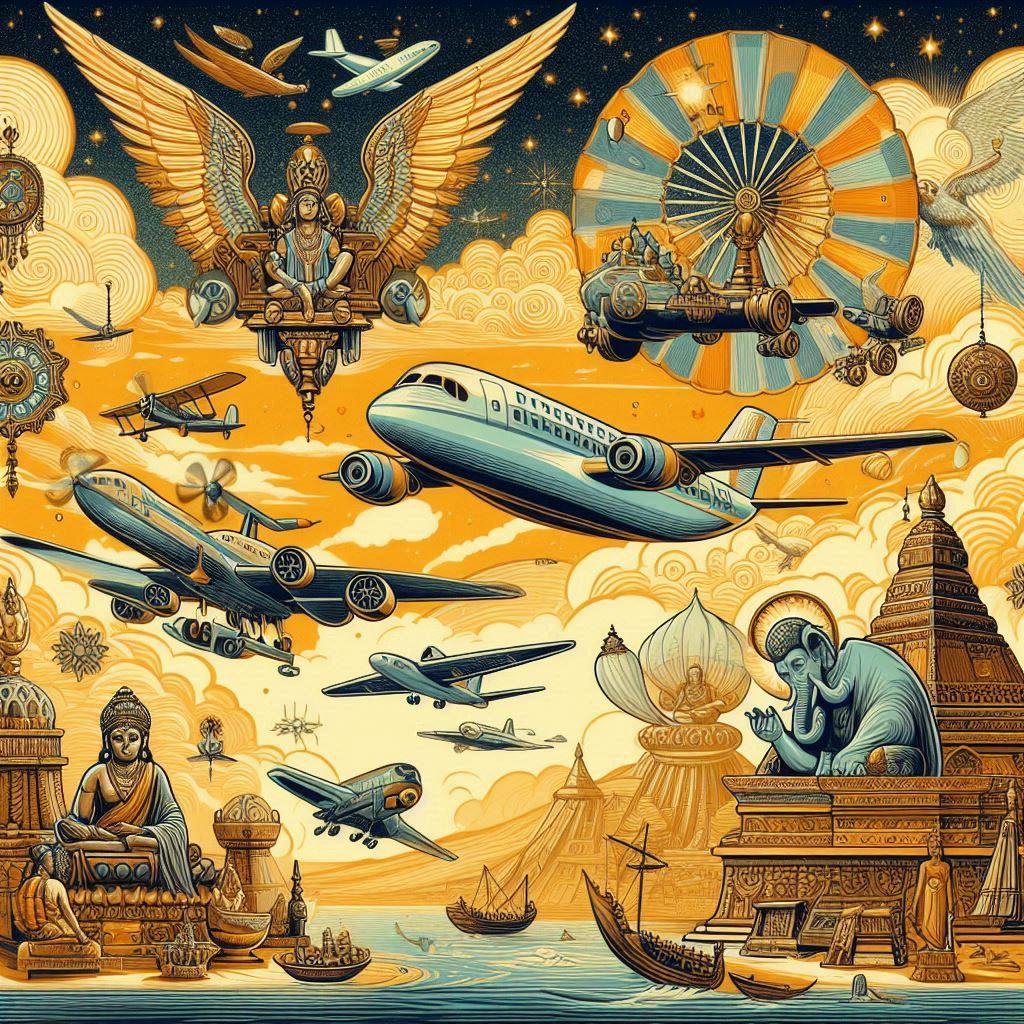
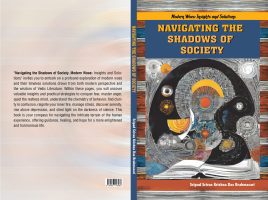
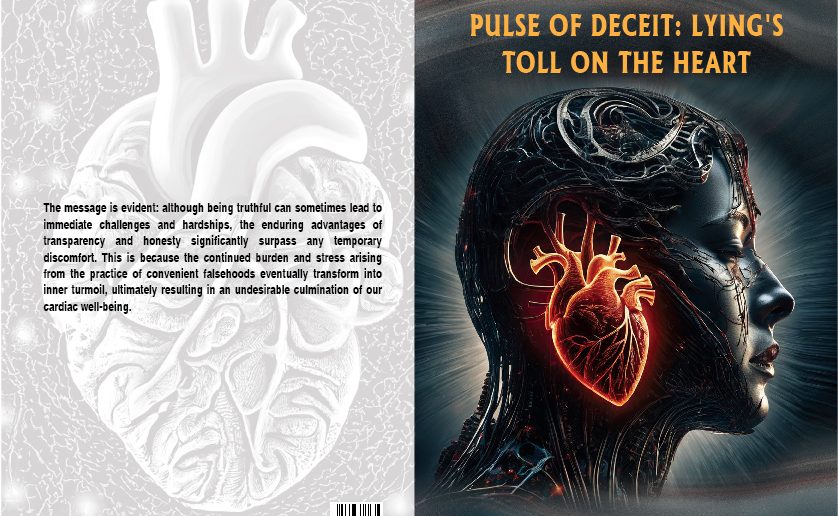
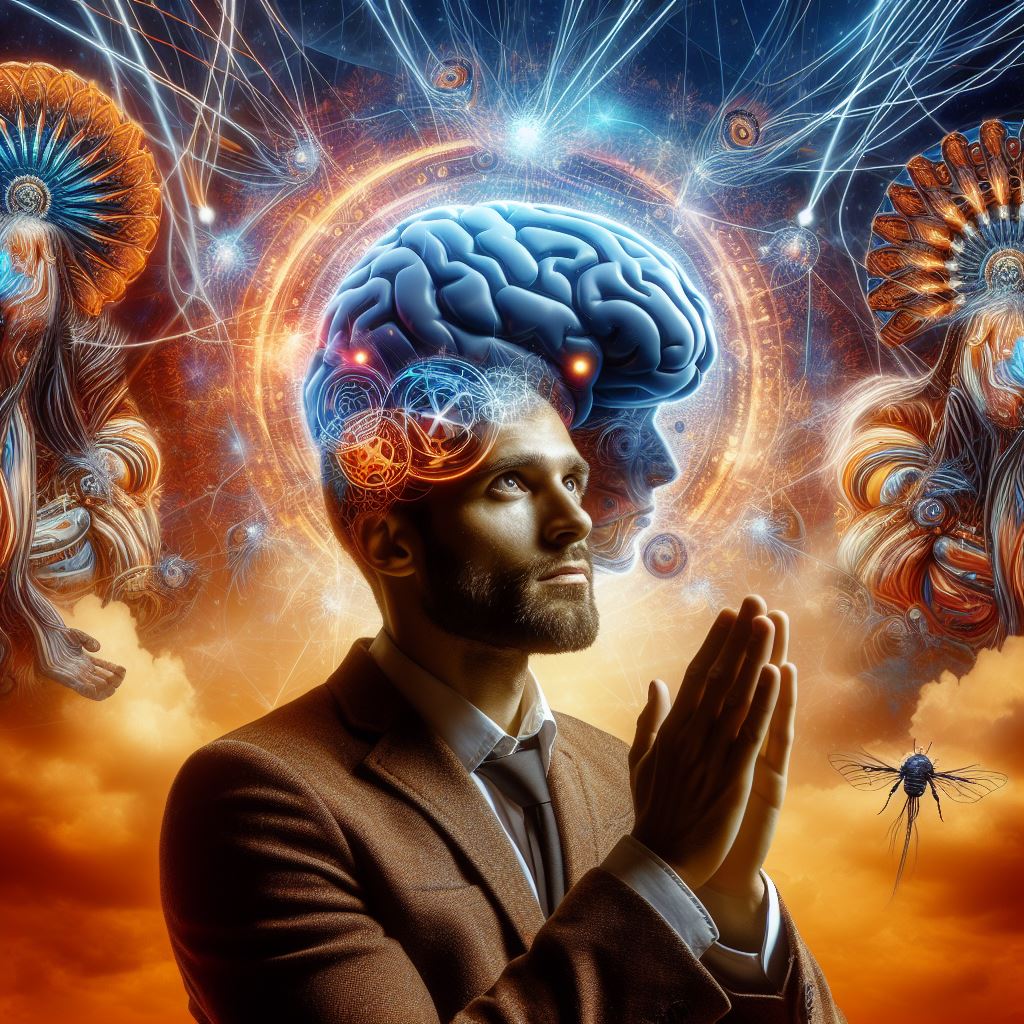
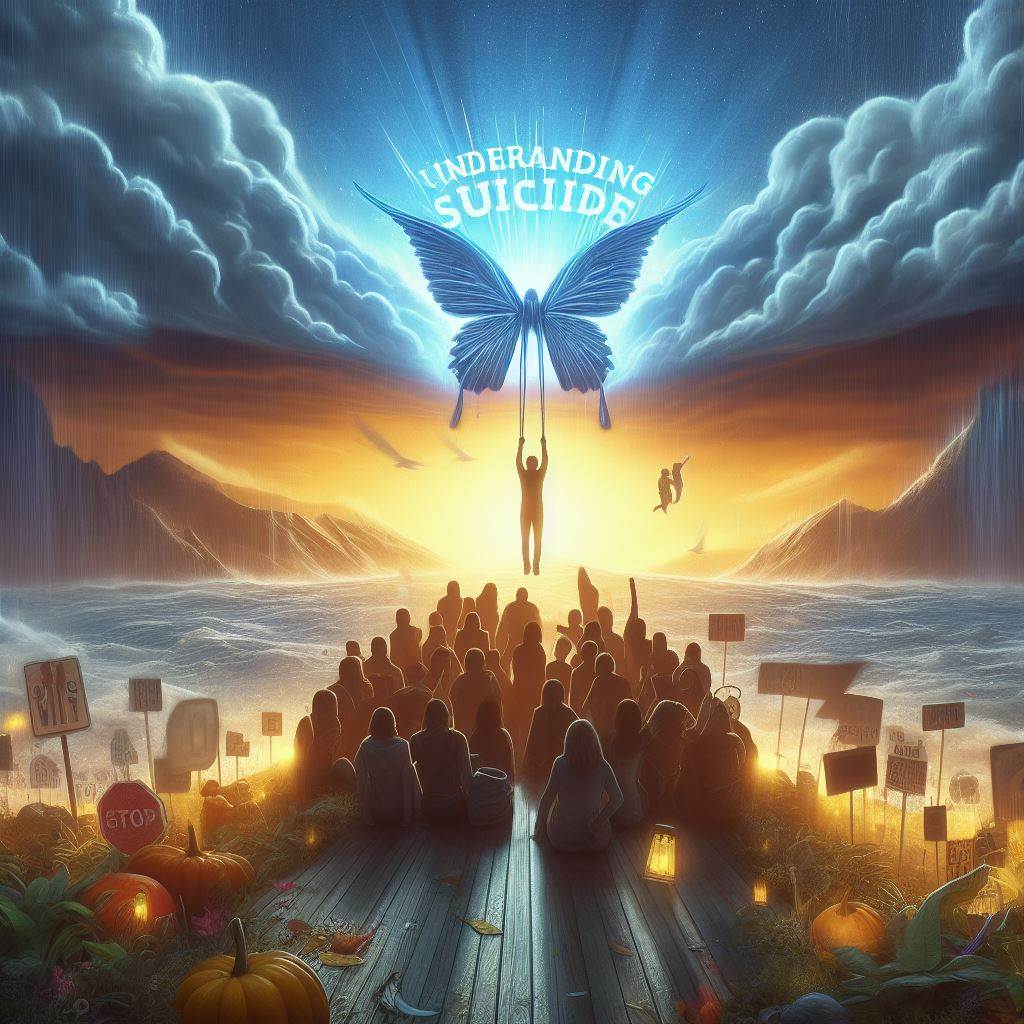









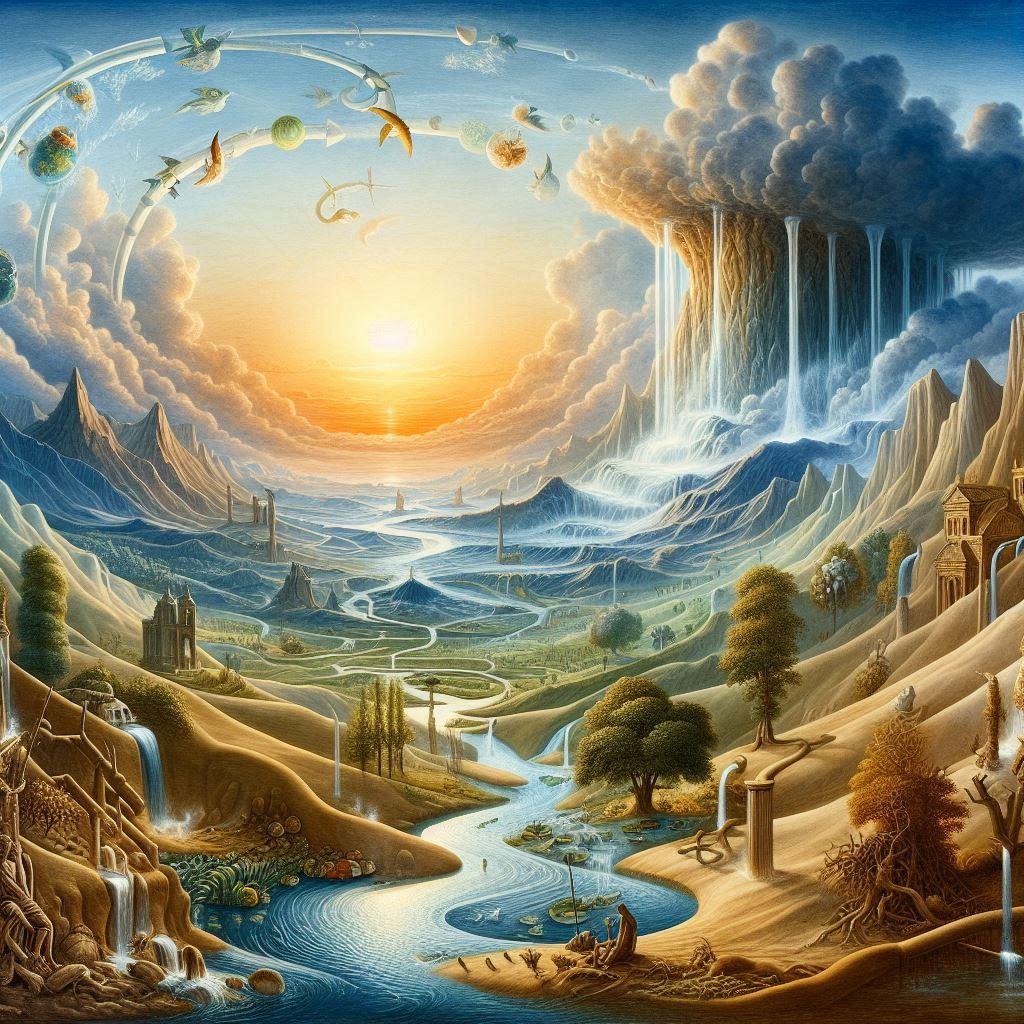
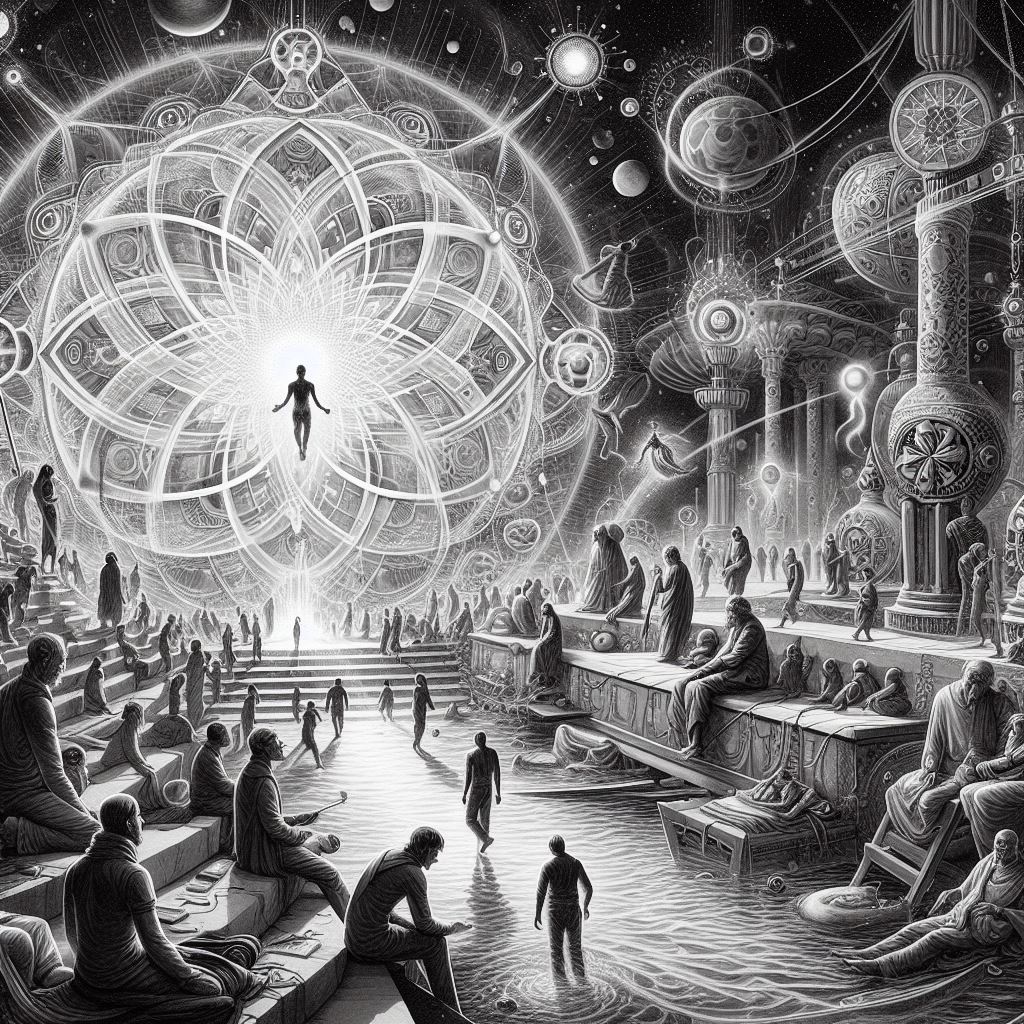
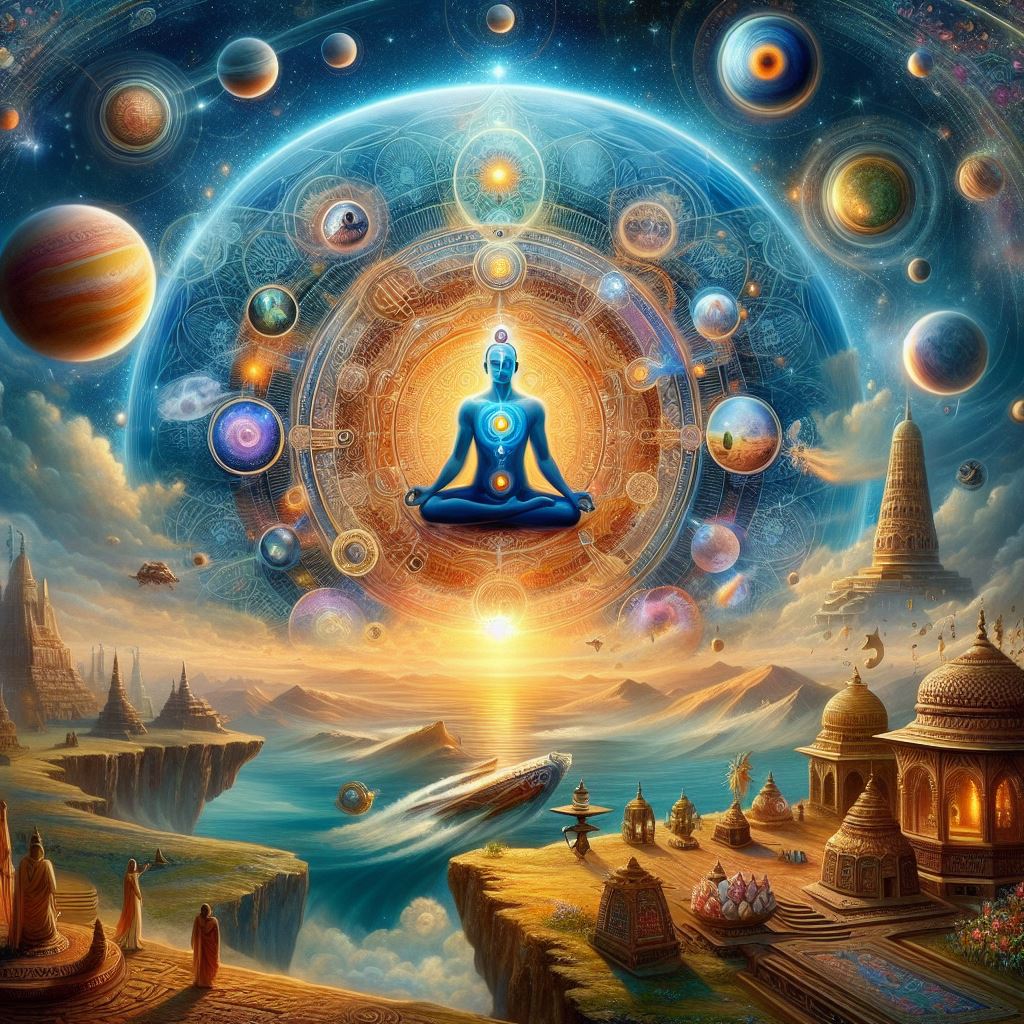
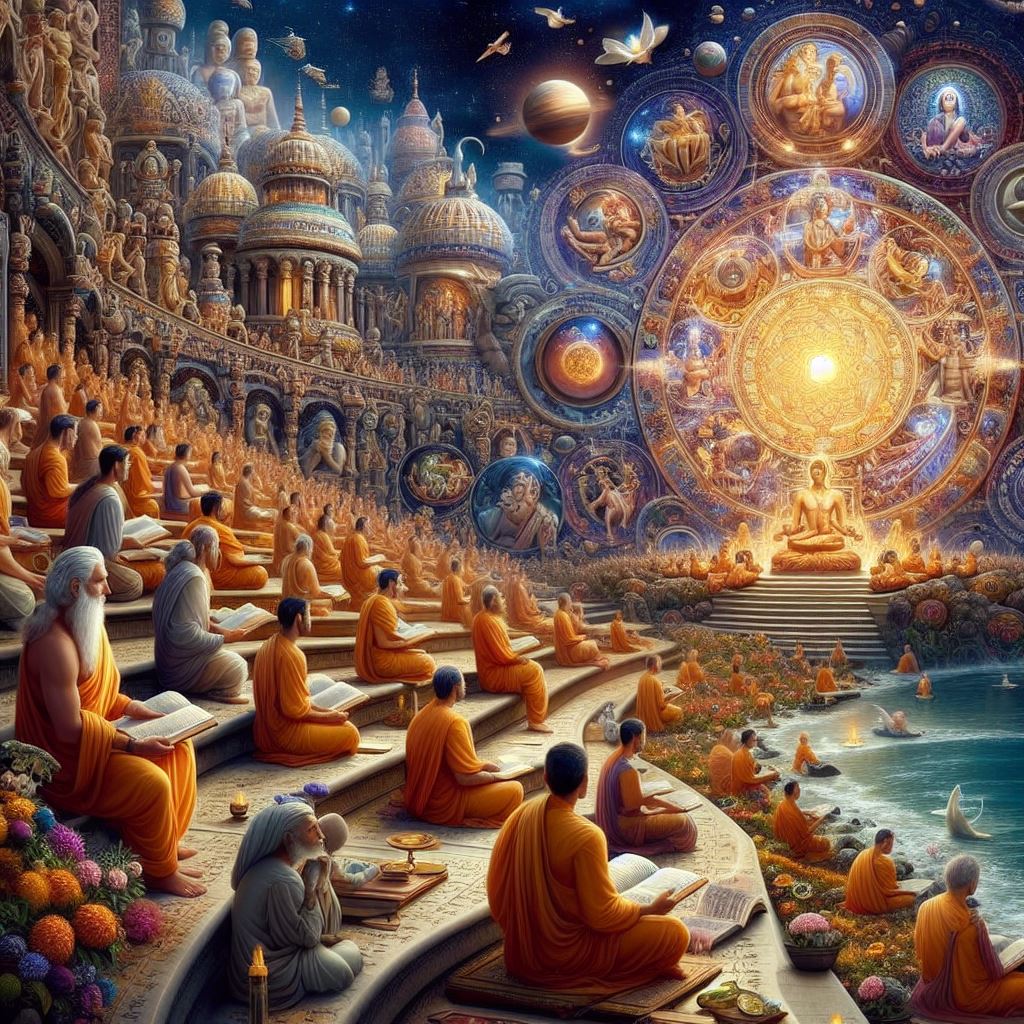


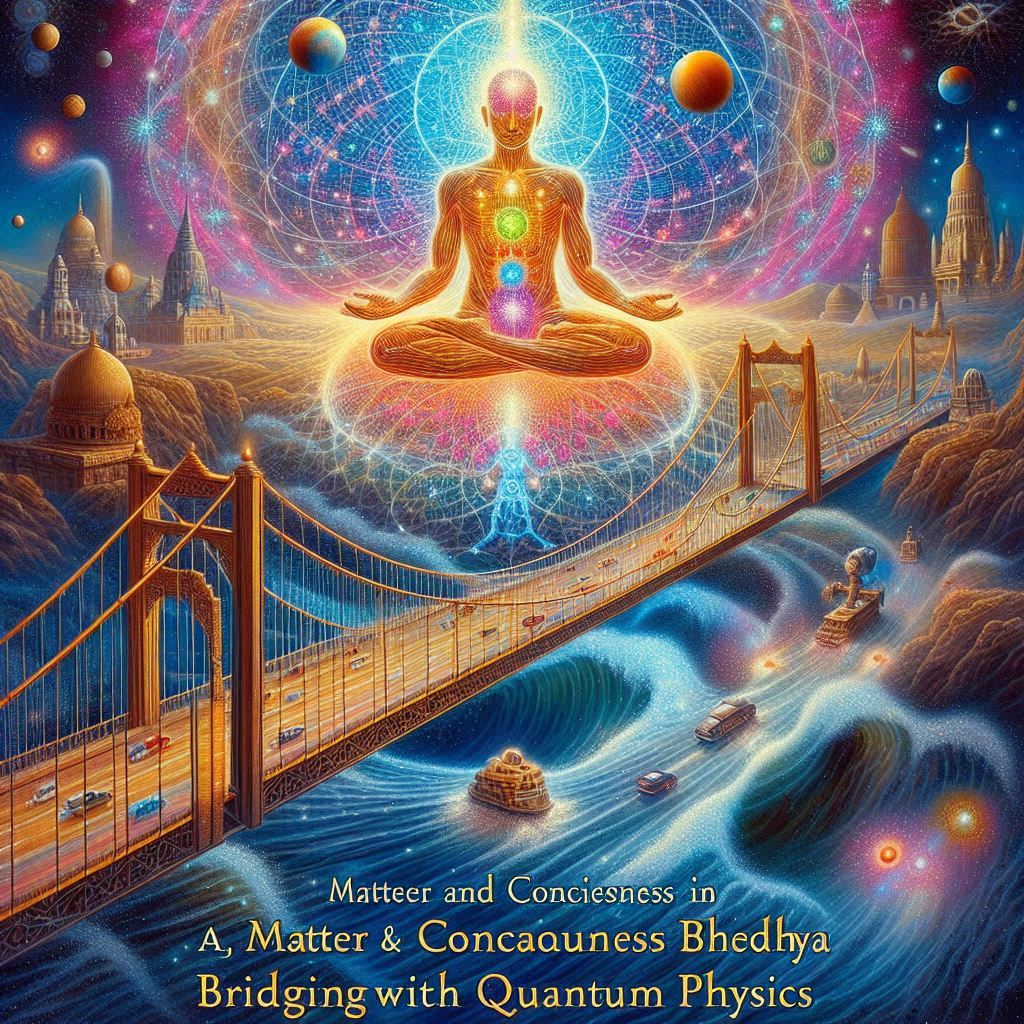
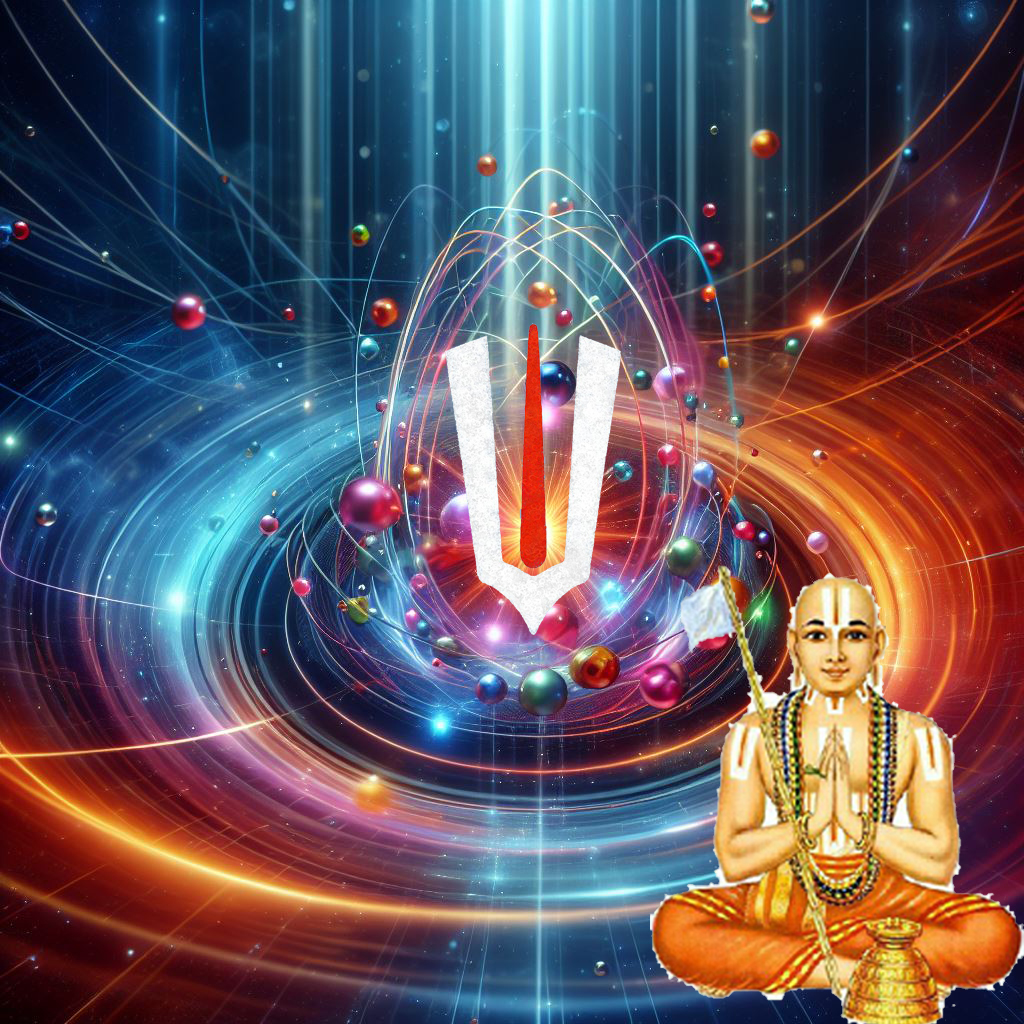
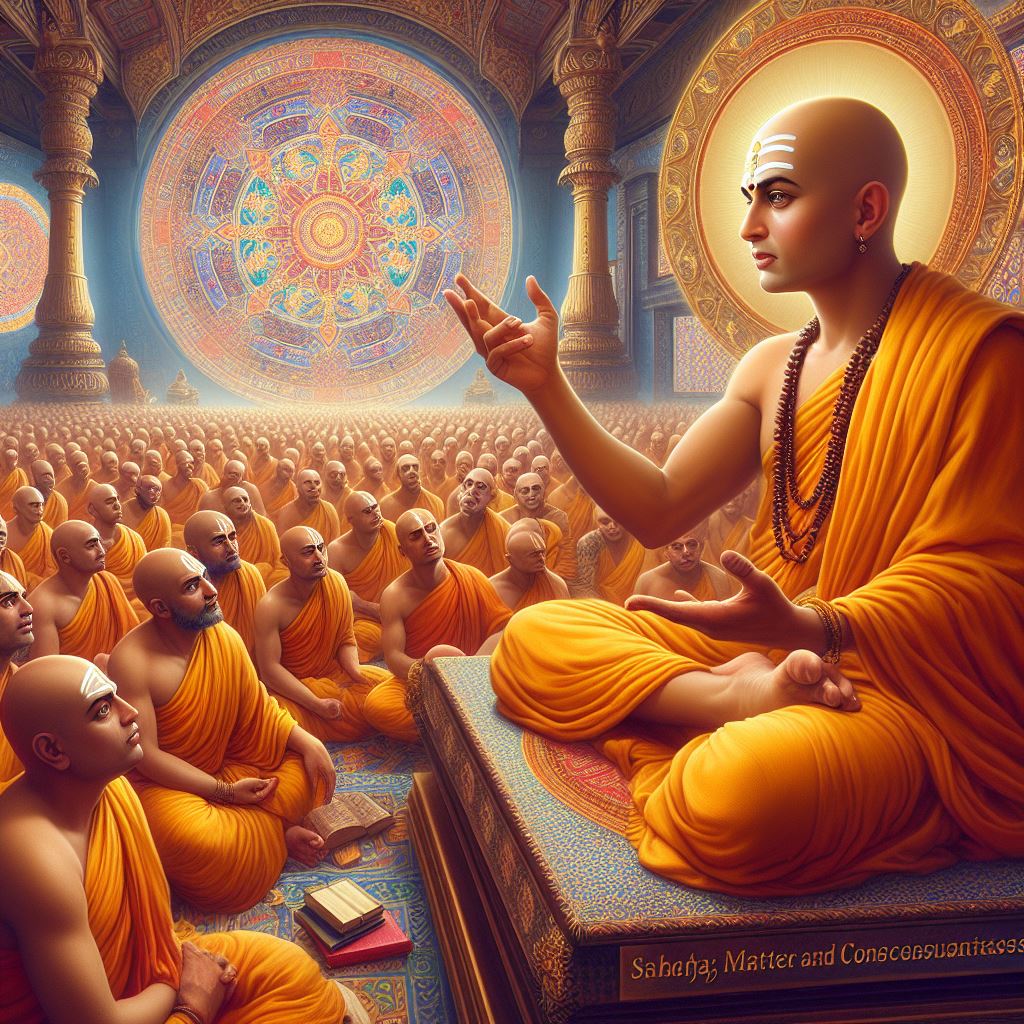
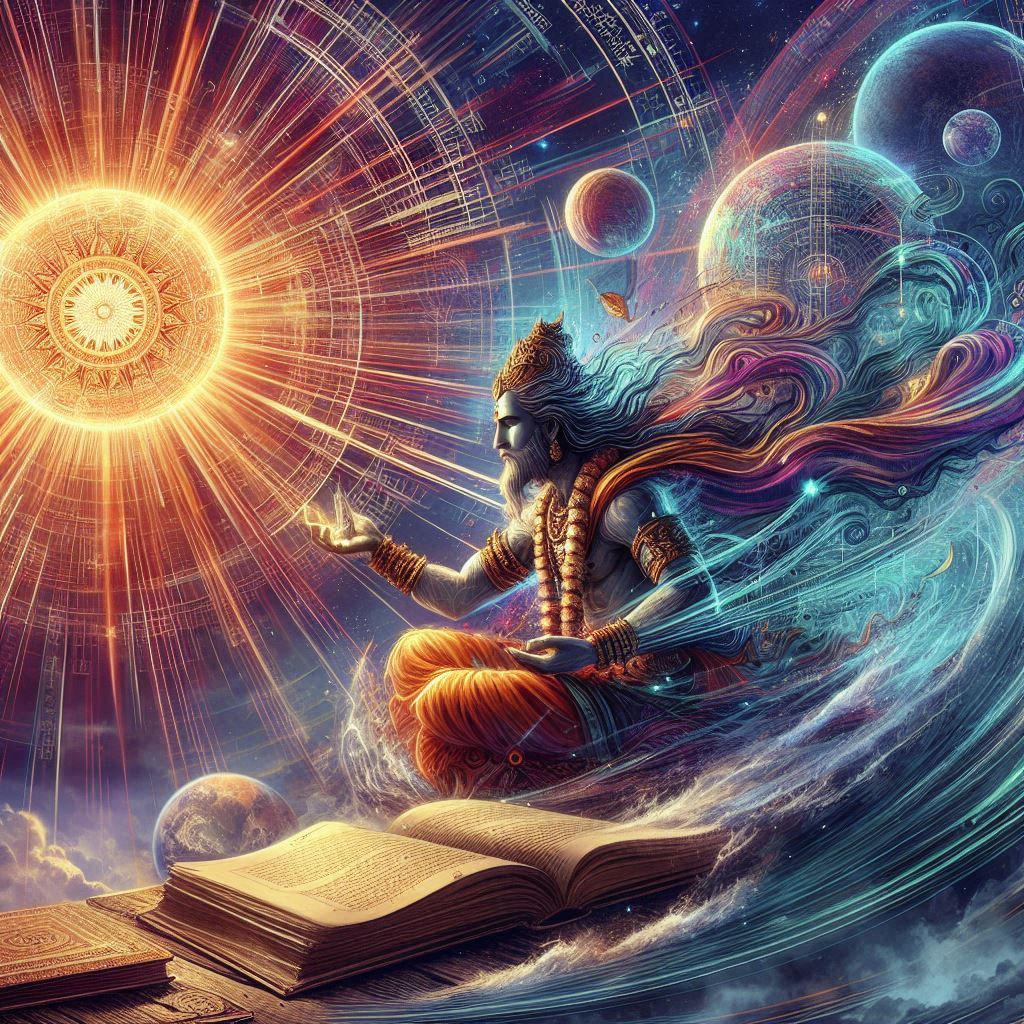
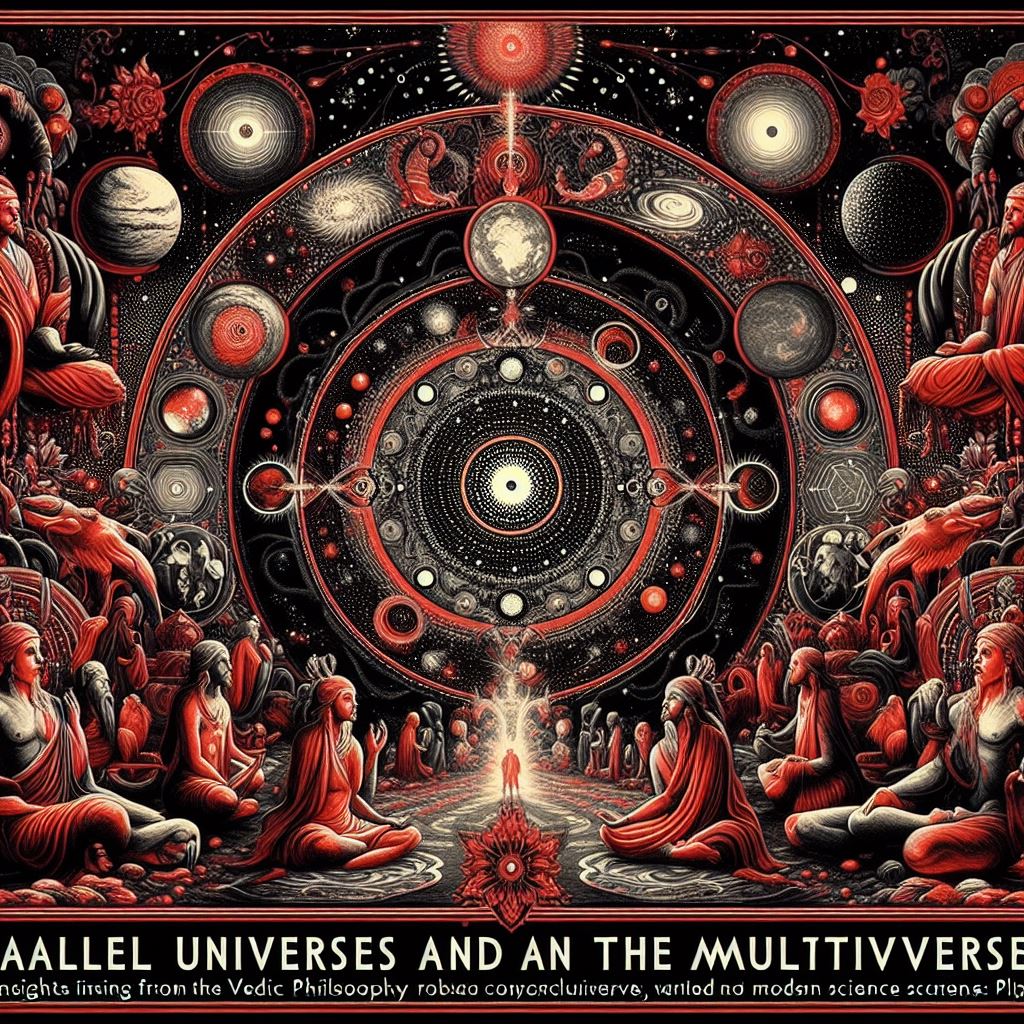
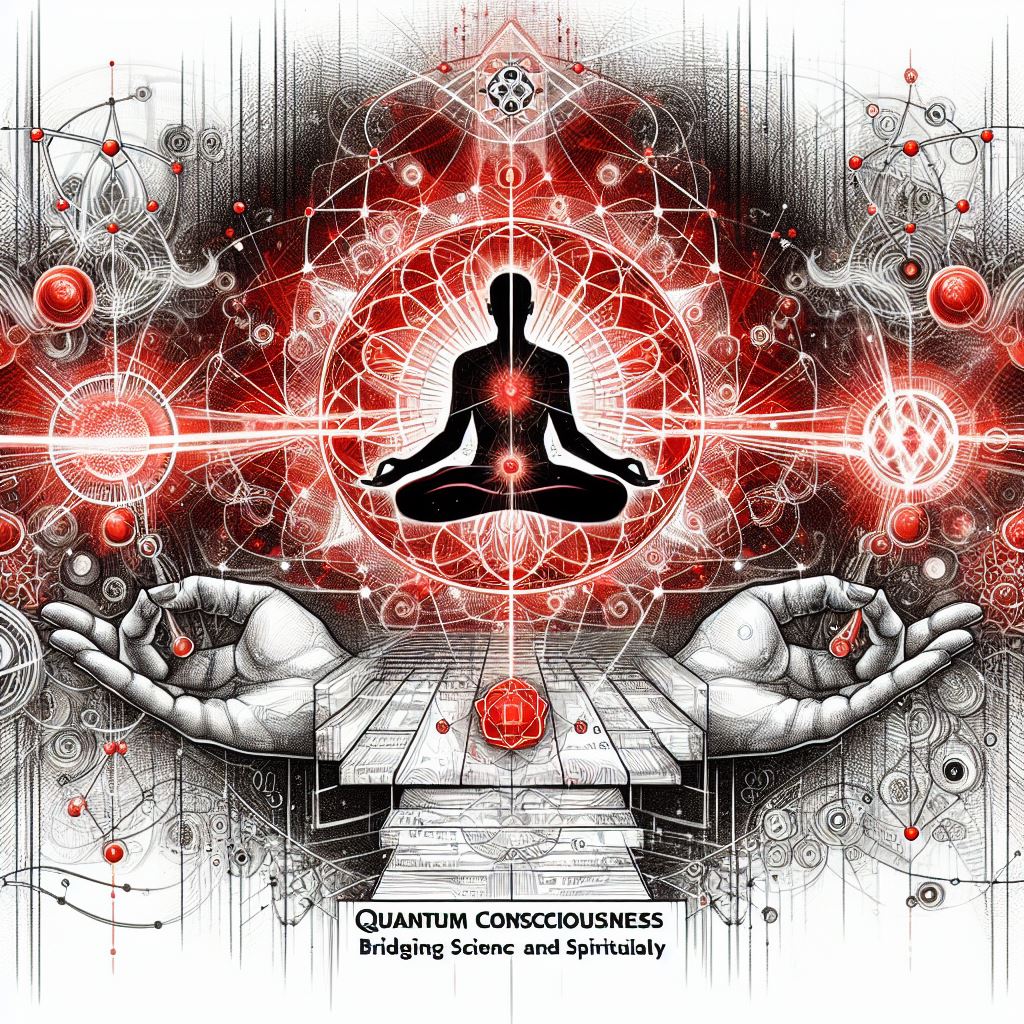
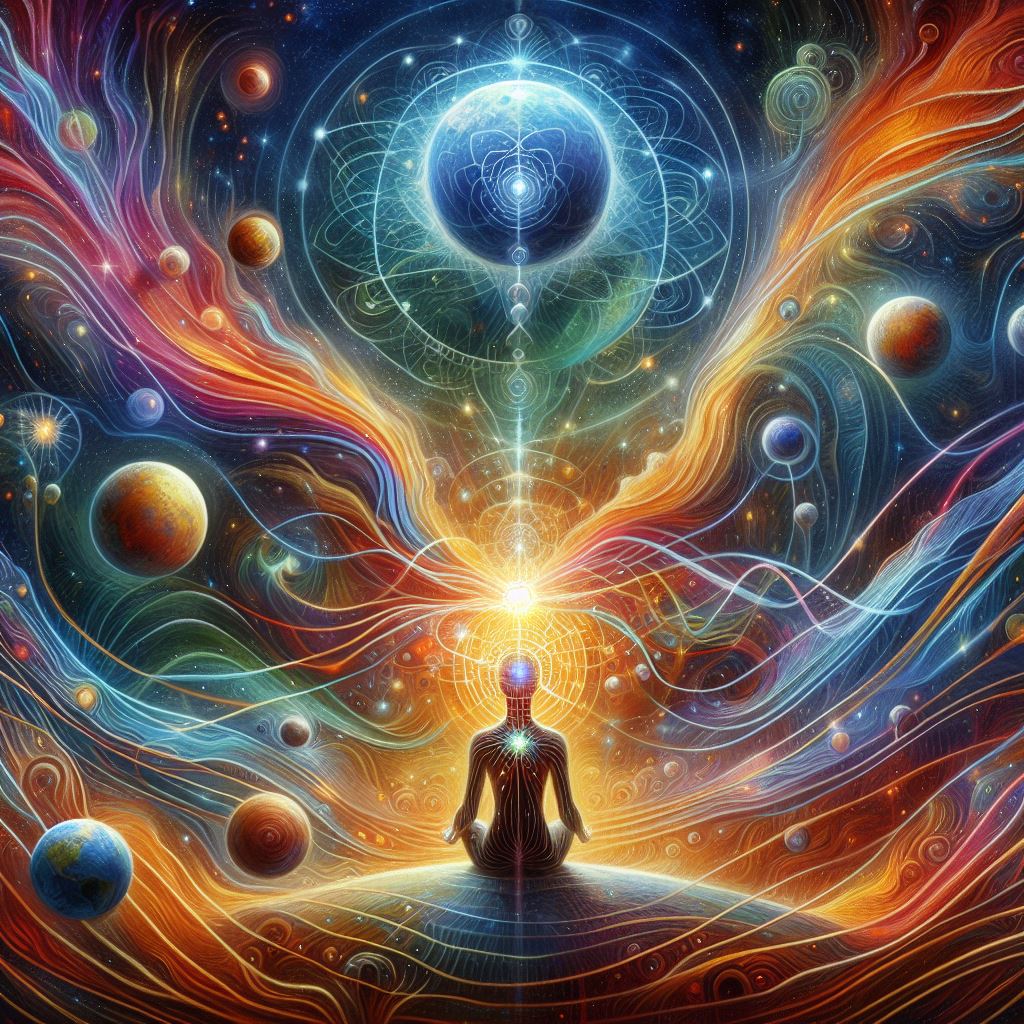
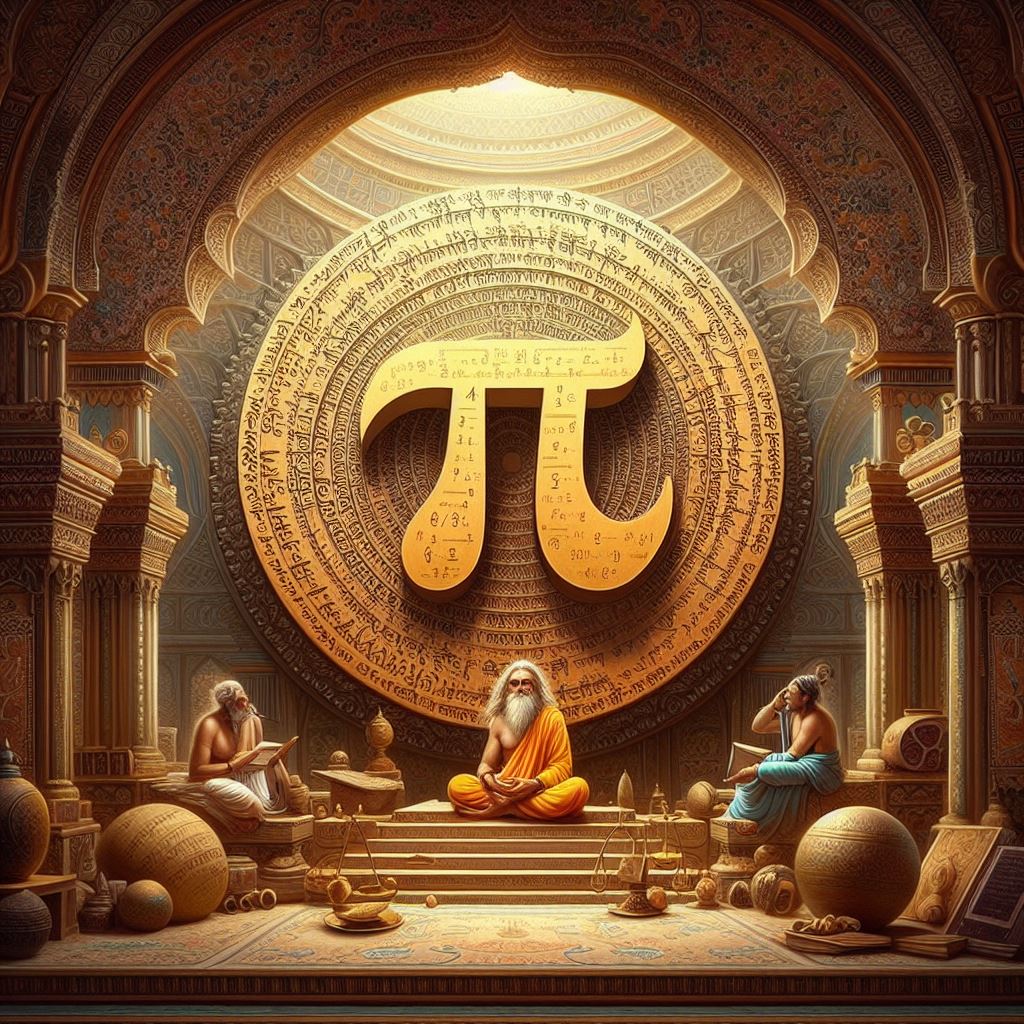

Origin of Science
Vedic Contributions to Geometry: Unveiling the Origins of Mathematics
Matter and Consciousness in Achintya Bhedābheda: Bridging with Quantum Physics
Hydrology and the Water Cycle in Vedic Scriptures
Vedic Insights on the Speed of Light
Mysteries of Photosynthesis in Vedic Scriptures: A Journey through Ancient Wisdom
Parallel Universes and the Multiverse: Insights from Vedic Philosophy to Modern Science
Quantum Consciousness: Bridging Science and Spirituality through Vedic Philosophy
Exploring the Cosmic Symphony: Harmonizing Brain Waves and Planetary Frequencies
Understanding the Space-Time Continuum: A Comprehensive study on the Theory of Relativity; As revealed in Vedic literature
Revisiting vedic mathematical insights: exploring Pi in ancient texts
Revealing the Scientific Wonders of Vedic Scriptures: A Comprehensive View of Wisdom
Comparative Analysis of Kaṇāda’s Laws of Motion and Newton’s Laws of Motion